Optimal Seasons for Wattle Installation
Wattle installations are most effective when performed during specific seasons that optimize plant growth and durability. Timing depends on climate conditions, plant maturity, and project goals. Proper scheduling ensures the wattle weaves establish well and maintain structural integrity over time.
Spring and early summer are ideal due to active growth periods, allowing plants to establish quickly. Avoiding extreme heat or cold reduces stress on the materials and enhances longevity.
Moderate temperatures with consistent moisture levels support successful wattle installation. Regions with harsh winters or intense summer heat may require seasonal adjustments.
Scheduling installations during favorable weather windows minimizes delays and ensures proper setting of the materials. Early planning aligns with seasonal growth cycles.
Installing during periods of optimal soil moisture promotes better anchoring and reduces the risk of material shifting or damage.
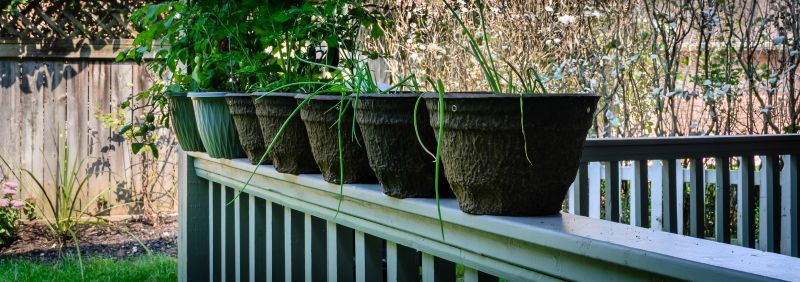
Spring offers ideal conditions for plant establishment and growth.
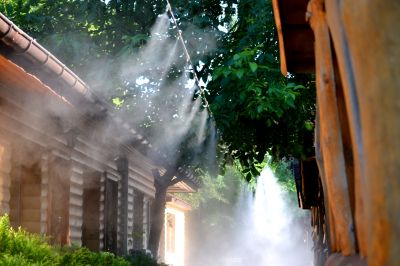
Early summer can be suitable if temperatures are moderate and irrigation is available.

Autumn allows for preparation before winter dormancy, with proper planning.
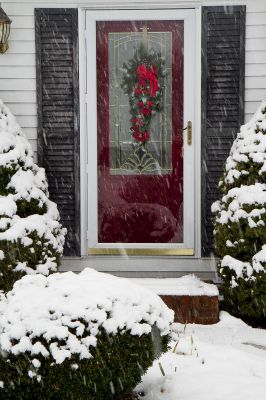
Winter is generally less favorable due to dormancy and colder conditions, but may be suitable in milder climates.
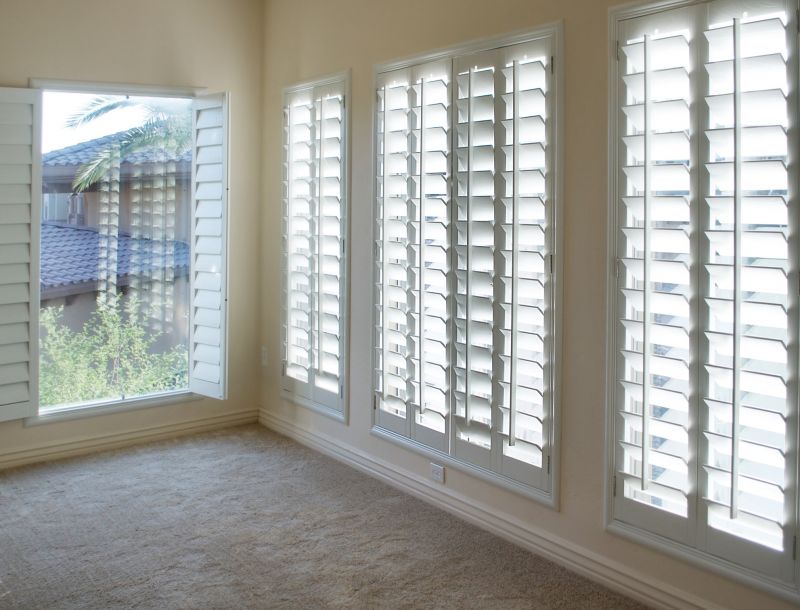
Ways to make Wattle Installations work in tight or awkward layouts.

Popular materials for Wattle Installations and why they hold up over time.

Simple add-ons that improve Wattle Installations without blowing the budget.

High-end options that actually feel worth it for Wattle Installations.
| Season | Advantages |
|---|---|
| Spring | Active growth, quick establishment, optimal soil conditions. |
| Summer | Extended daylight, potential for rapid development if weather is moderate. |
| Autumn | Preparation for winter, less plant stress. |
| Winter | Less ideal, suitable in mild climates, risk of damage. |
| Late Season | May require additional measures for protection. |
Wattle installations involve weaving flexible branches or materials into structures that can serve as fencing, decorative features, or functional barriers. The process depends on selecting appropriate plant species, preparing the ground, and timing the installation to match seasonal growth cycles. Properly timed installations can enhance the durability and aesthetic appeal of the wattle structures, ensuring they remain functional for years to come.
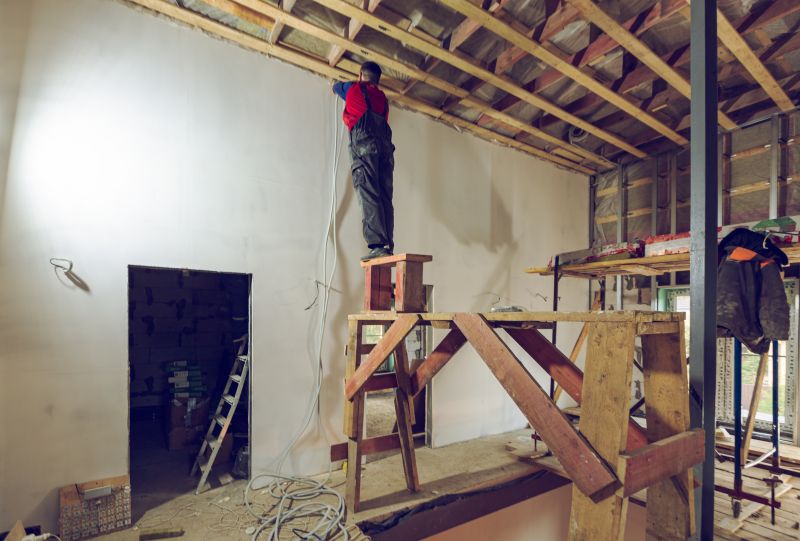
Shows the weaving process during optimal season.
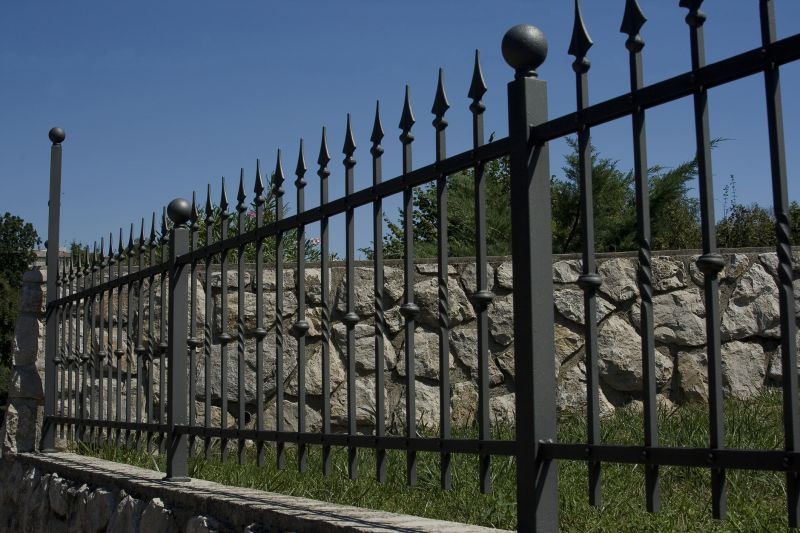
Displays durable, well-timed installation.
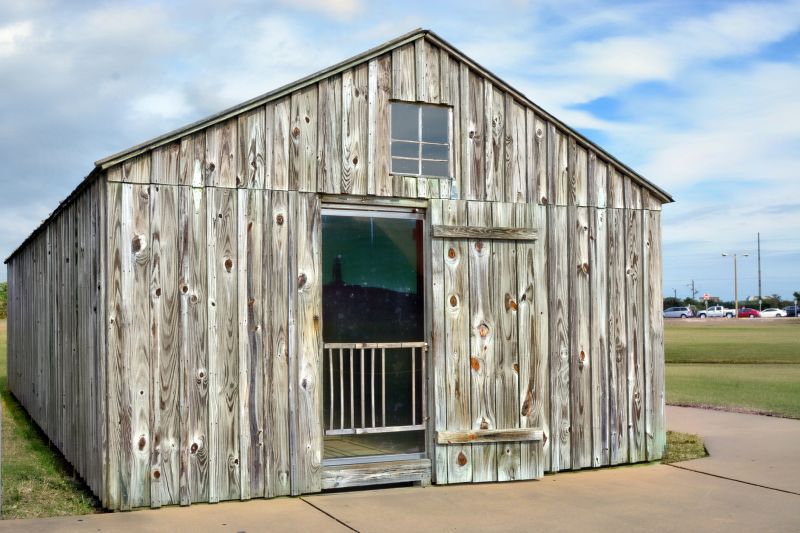
Adaptations for various seasonal conditions.
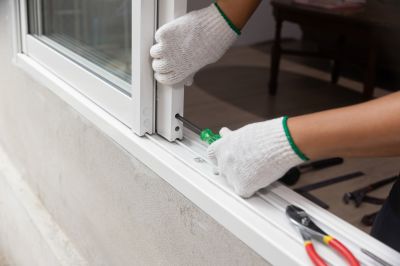
Essential tools used during optimal timing.
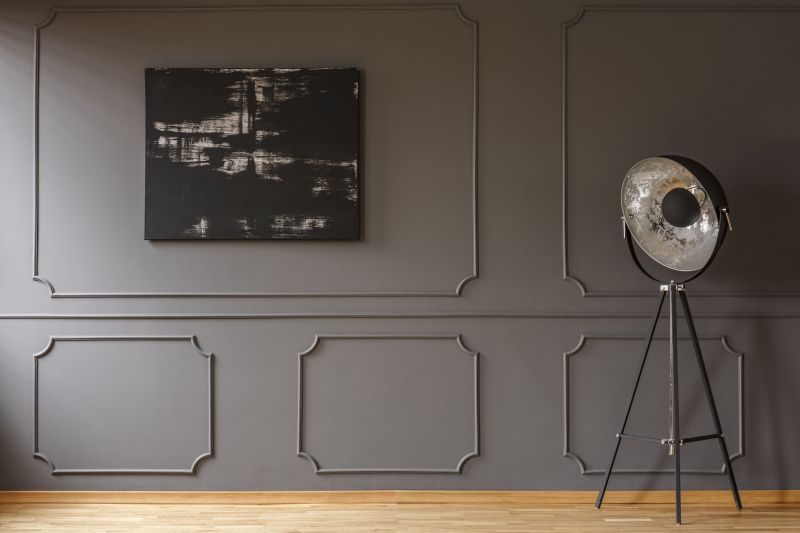
Finishes and colors that play nicely with Wattle Installations.
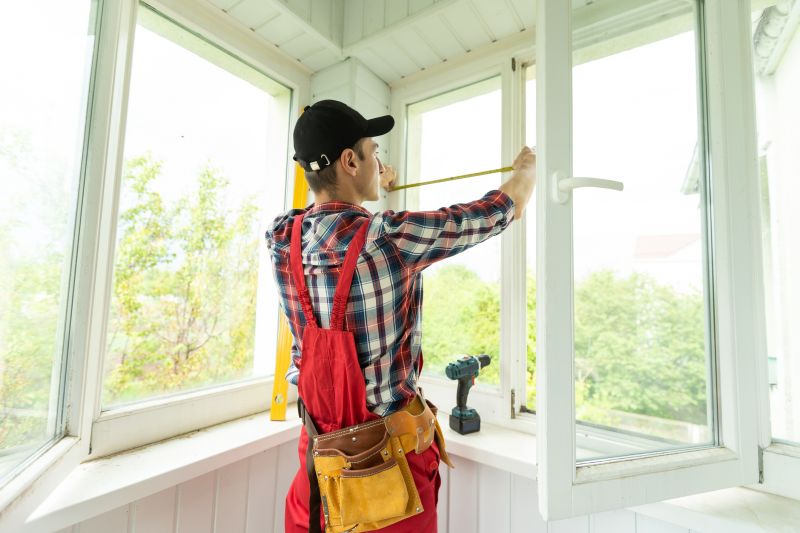
Little measurements that prevent headaches on Wattle Installations day.
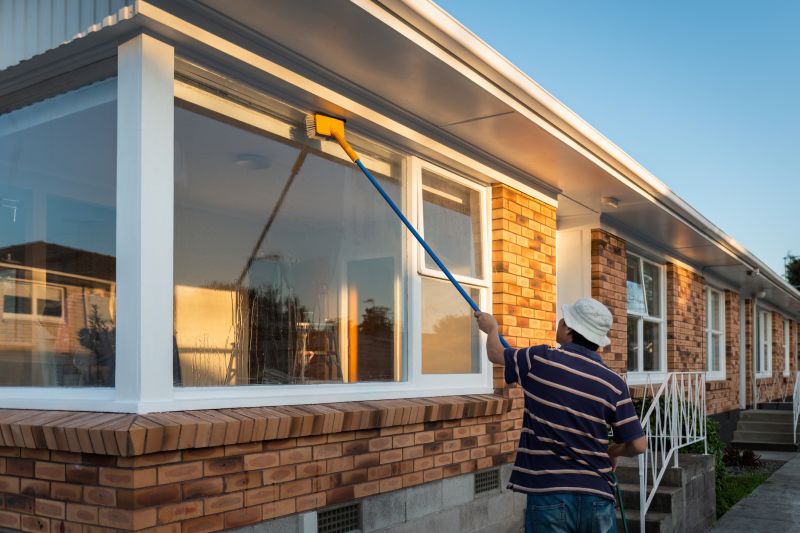
A 60-second routine that keeps Wattle Installations looking new.

A frequent mistake in Wattle Installations and how to dodge it.
For those interested in scheduling a wattle installation, it is recommended to contact for detailed planning and consultation. Proper timing aligned with seasonal conditions can significantly impact the success and longevity of the project.
